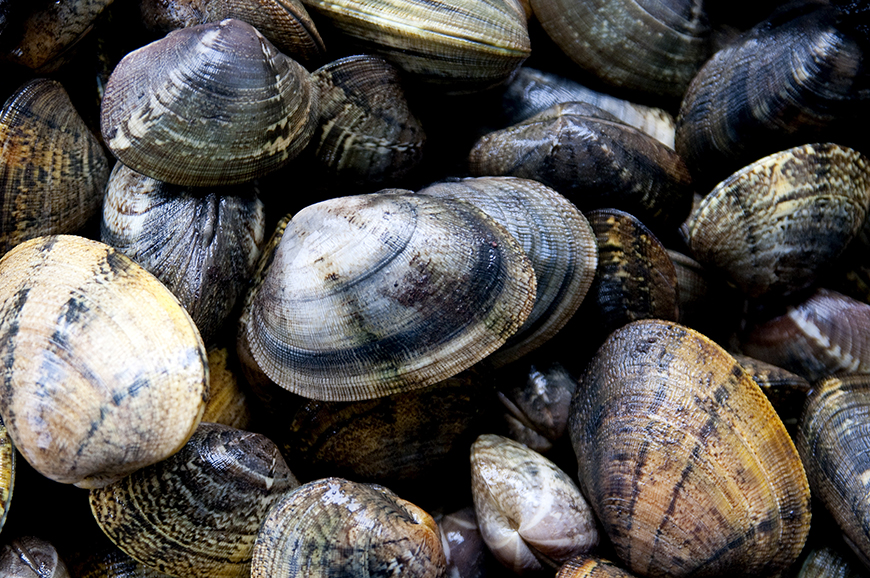The sanitary classification of the coastal and estuarine-lagoon bivalves production areas in mainland Portugal has been updated and determines changes in several places in the Algarve, with emphasis on the fact that the boar clam changed from class C to B in the Olhão 1 area, in the Ria Formosa.
In this production area, whose technical name is OLH1, «good clam and Japanese/giant oyster become class B», announced the Portuguese Institute of the Sea and Atmosphere, the entity responsible for the classification. In the case of oysters, the previous classification was A (best quality).
This is one of the main changes pointed out by the IPMA, but not the only one concerning the Algarve region.
In another production area, Litoral Lagos-Albufeira (L7c2), «all species, with the exception of white clams, mussels and flat oysters, are now 'Non-Classified'», and therefore cannot be caught and harvested. /or marketing. Previously, the rating was A for all species.
In the “L8” zone, corresponding to the coast Faro-Olhão, the foot-donkey is now class A, when it was B before.
Also on the coast, but between Tavira and Vila Real de Santo António (L9), the situation is reversed: the donkey becomes B, when it previously had class A.
According to the classification system, class A bivalves can be caught and marketed for direct human consumption, while class B bivalves can be caught and destined for purification, transposition or transformation in an industrial unit.
In the case of class C, they can be picked up and destined for prolonged transposition or transformation into an industrial unit.
“The classification review is carried out by analyzing the history of the last 3 years of the results of microbiological and chemical contamination”, according to the IPMA.
The complete dispatch, with the classification list of all production zones, can be consulted here.



















Comments